This article delves into the significant role that photography plays in wildlife conservation and how it contributes towards creating a sustainable future for our wildlife.
The Connection Between Photography and Wildlife Conservation
Photography has the unique ability to capture emotions, tell stories, and ignite a sense of empathy within individuals. When it comes to wildlife conservation, photographs have the power to evoke strong emotions and create a connection between viewers and the animals in question. Through the lens, photographers can showcase the beauty, vulnerability, and fragility of wildlife, ultimately inspiring people to take action.
Here are a few key takeaways regarding the connection between photography and wildlife conservation:
- Photographs raise awareness: Compelling images can reach a vast audience, capturing their attention, and generating a sense of urgency.
- They highlight conservation efforts: Photographs can shine a light on the incredible work being done by wildlife conservation organizations, showcasing successes and inspiring others to take part.
- Visual impact drives action: Powerful imagery can spur individuals to donate, volunteer, or make lifestyle changes that benefit wildlife and their habitats.
The Importance of Scientific Documentation
Beyond emotional connection, photography also plays a crucial role in providing scientific documentation for conservation efforts. Scientists and researchers rely on images to study animals, track population sizes, monitor behavior, and document changes in habitats over time. With the help of photography, accurate records can be kept, leading to informed decision-making in the conservation field.
Key takeaways regarding the importance of scientific documentation through photography include:
- Understanding wildlife populations: Images help experts estimate population sizes and understand the dynamics between different species.
- Monitoring changes: By comparing photographs taken over time, scientists can track environmental changes, habitat loss, and the effects of human activity.
- Conservation planning: Scientific data obtained through photography assists in developing effective conservation strategies and policies.
The Power of Conservation Photography
Conservation photography is a specialized field that goes beyond simply capturing beautiful images. It aims to tell a story, shed light on critical issues, and inspire action. Conservation photographers spend days, weeks, or even months in the field, striving to document wildlife and their habitats in a way that will move people to make a positive impact on the natural world.
Key takeaways regarding the power of conservation photography are:
- Inspiring change: Conservation photographers use their images to advocate for change by showing the world what is at stake.
- Raising funds: Photographs can be used to fundraise for conservation projects, supporting critical work on the ground.
- Strengthening empathy: By humanizing wildlife, conservation photography helps people develop a deeper emotional connection, leading to greater empathy and a desire to protect endangered species.
Conclusion
Photography is a powerful tool in the fight for wildlife conservation. Through visually compelling and emotionally charged images, photographers capture the essence of endangered species and their struggles. The connection forged between the viewer and the subject through the camera’s lens can inspire action, raise awareness, and contribute to the preservation of our planet’s precious wildlife.
As we continue to face challenges in the realm of conservation, it is crucial to recognize the extraordinary impact that photography can have. By supporting and appreciating the work of photographers and conservation organizations, we can collectively strive towards a sustainable future for both wildlife and humanity.
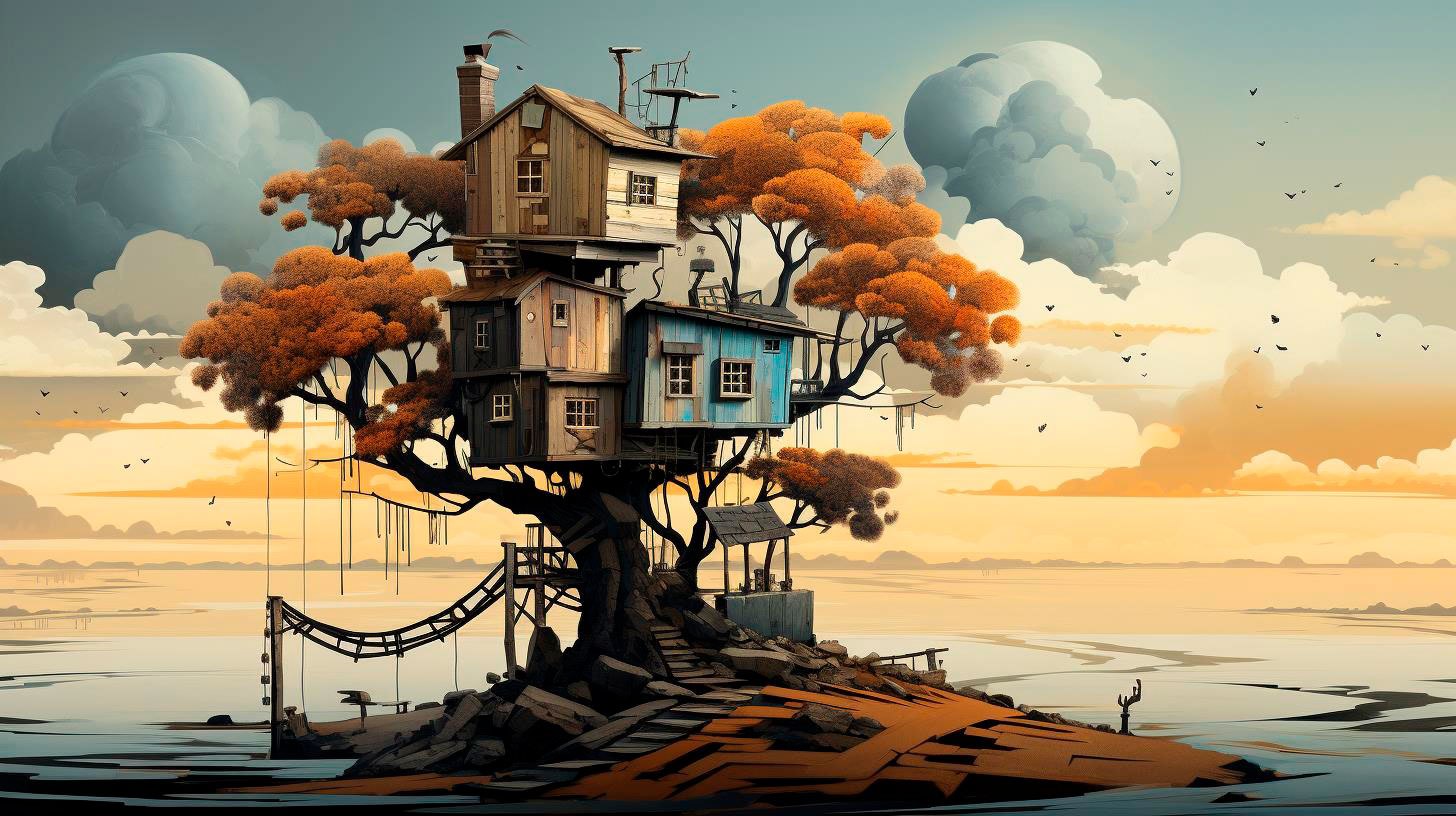
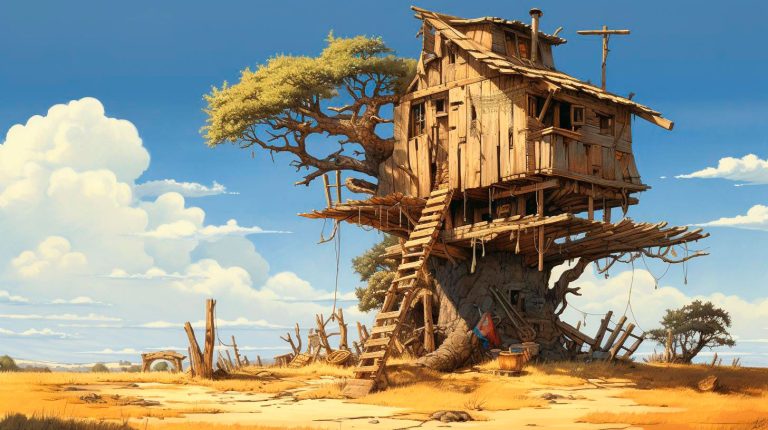

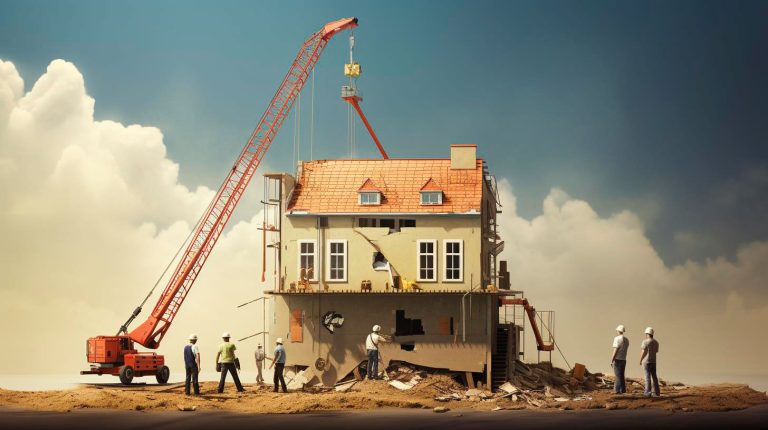
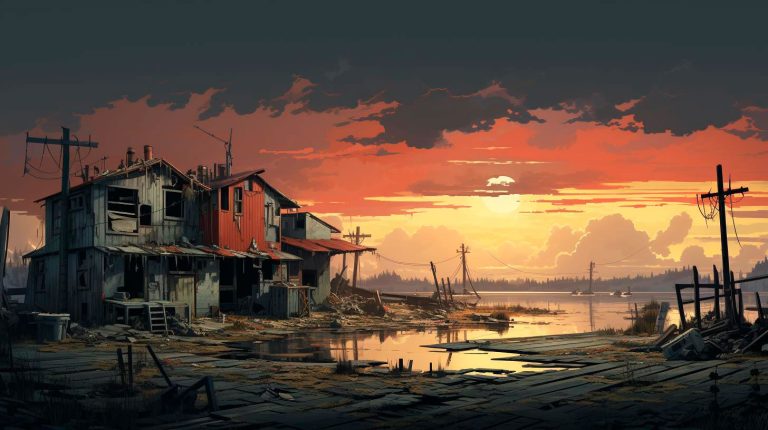
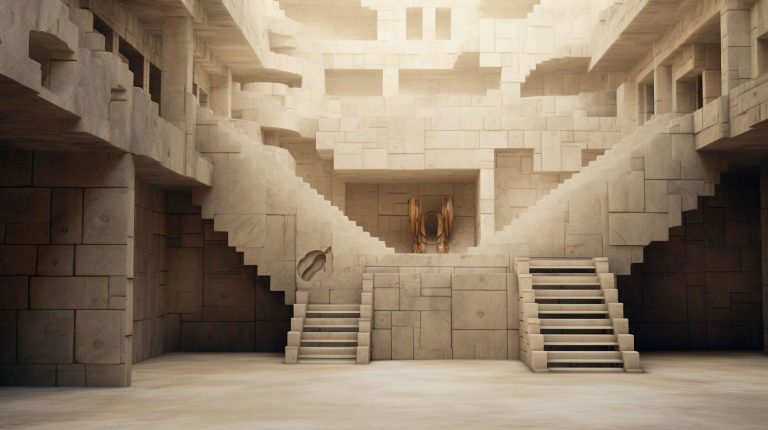

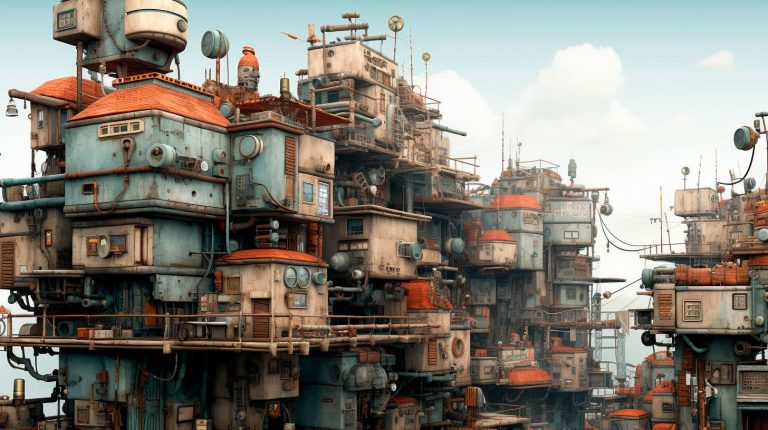



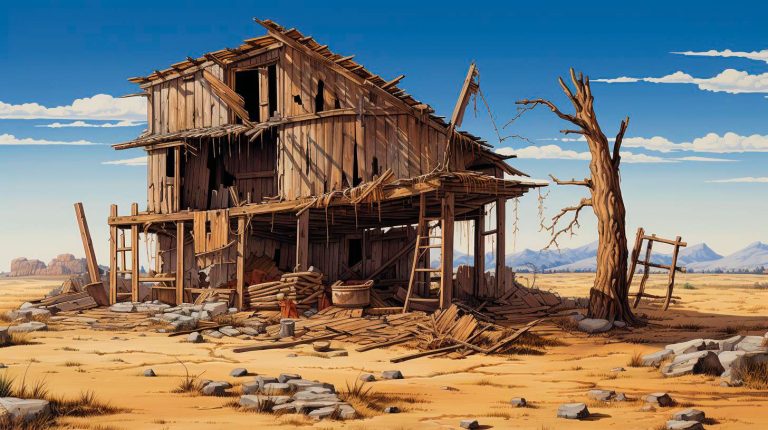







+ There are no comments
Add yours